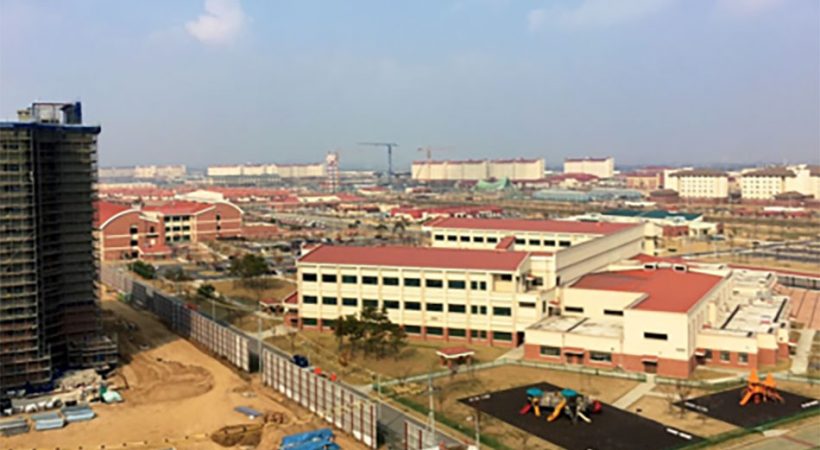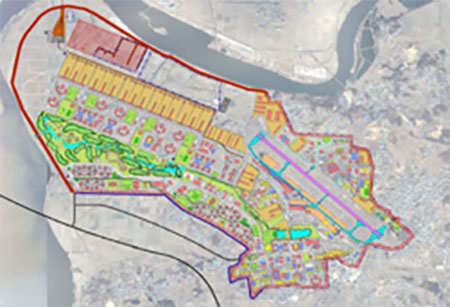Our Team members held leadership positions in the planning, design, and construction of the $12 billion YRP/LPP program in Korea. This mega-program included the development of bilateral 1391 scope documents, host nation funding, and host nation rules and regulations. Most importantly, the stakeholders of this bilateral (US and Republic of Korea) program had different measures of success which played a significant role in shaping the program.

YONGSAN RELOCATION PROGRAM (YRP) & LAND PARTNERSHIP PROGRAM (LPP)

DETAILS
CUSTOMER:
US Forces Korea and Republic of Korea
LOCATION:
South Korea
CATEGORY:
Projects & Programs; Environmental Planning
SERVICES PROVIDED:
Program Management; Stakeholder Management; Environmental Policy
Completing a program where the two major stakeholders measured success differently- the US favored quality while the ROK favored cost. The Program Management Office (PMO) required a methodology and approach to synchronize stakeholder requirements and forward the projects.
There was no overall agree to terms of reference or overall methodology for unit moves and monitoring dates for relocation.
Stakeholder Management
- Establish bi-laterally agreed terms of reference
- Synchronize all stakeholders to agree to a work break down structures
Program Management
- Determine the appropriate approaches, resources, and processes to align strategic, tactical and operational project management functions.
- Analyze the overall management approach and organizational breakdown and recommend courses of action for decision
Environmental Policy
- Co-chair the Environmental sub committee through the framework of the Joint Committee established by the Status of Forces Agreement and undertake periodic review of the Environmental Governing Standards
- Improved program management oversight and understanding
- Future senior leaders became more situationally aware of the overall progress and began to provide input where needed
- New processes improved efficiency and effectiveness particularly with overall master schedule and monitoring critical milestones
- Unit move dates became integral to the master schedule
- A stagnated program moved forward with stakeholders agreeing on schedule, quality, and cost metrics
- Enabled key US mission
